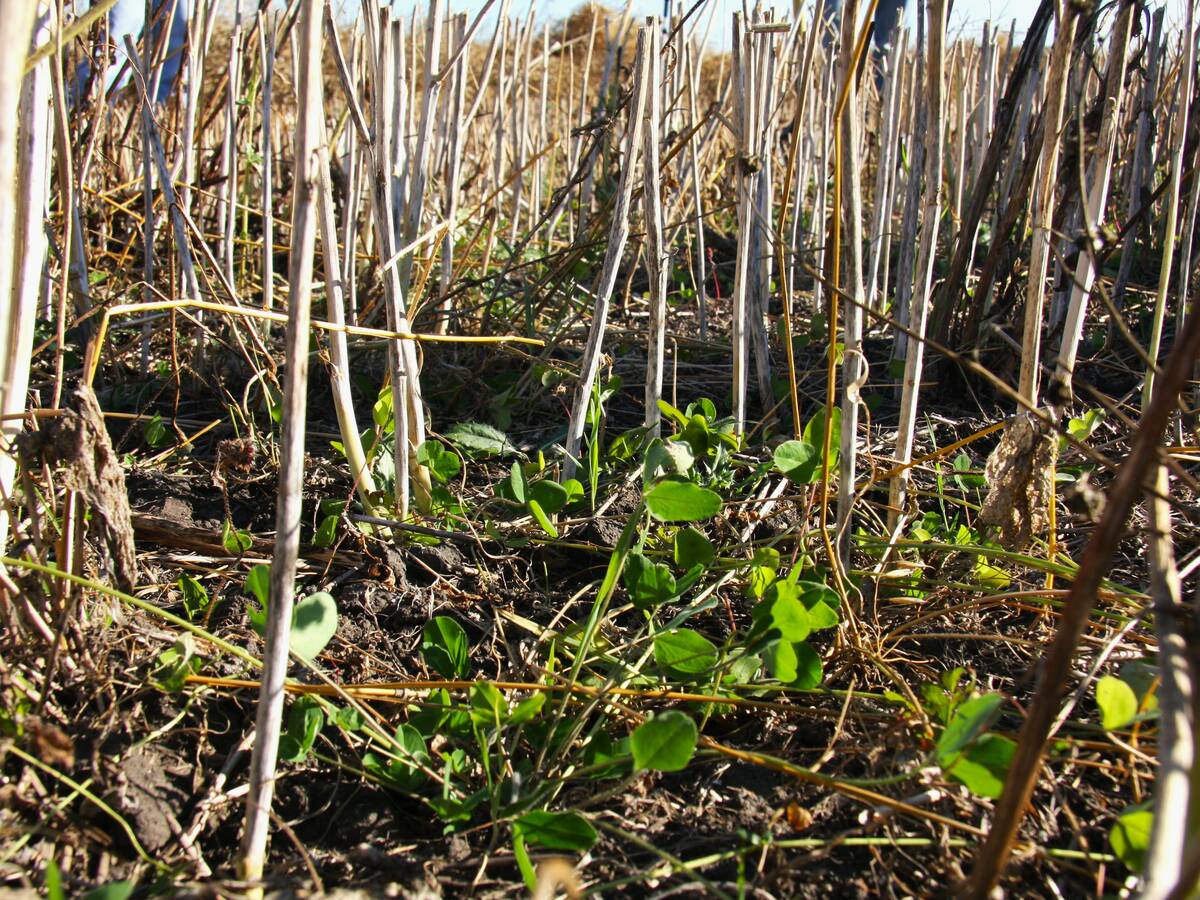Alberta could have three fewer rural seats in the next provincial election if recommendations from the Electoral Boundaries Commission are accepted by the legislature.
Justice Myra Bielby, chair of the commission, presented her report Oct. 19 following a year-long review of electoral boundaries.
The commission recommended that seven mainly rural electoral divisions be combined into six, those being Battle River-Wainwright, Drumheller-Stettler, Strathmore-Brooks, Little Bow, Cardston-Taber-Warner, Cypress-Medicine Hat and Vermilion-Lloydminster.
Another five divisions could be combined into four, said the commission. They are Rimbey-Rocky Mountain House-Sundre, West Yellowhead, Drayton Valley-Devon, Whitecourt-Ste. Anne and Stony Plain.
Read Also

Saskatchewan project sees intercrop, cover crop benefit
An Indigenous-led Living Lab has been researching regenerative techniques is encouraging producers to consider incorporating intercrops and cover crops with their rotations.
As well, the ridings of Lac La Biche-St. Paul-Two Hills, Athabasca-Sturgeon-Redwater, Fort Saskatchewan-Vegreville and Bonnyville-Cold Lake could be combined into three, the commission said.
The divisions in Alberta’s northwest, Dunvegan-Central Peace-Notley and Lesser Slave Lake, would remain under special status.
Three new divisions would be created under the recommendations, to reflect urban population growth. Those would be Airdrie-Cochrane, Calgary-Northeast and Edmonton-South.
The review included opportunity for public input at more than 30 hearings. Some 1,358 written submissions were also reviewed. In response to that, the geographic size of some divisions was reduced.
“The Commission made alterations to avoid dividing counties and to keep communities of interest together, including indigenous populations. It also made changes regarding the naming of some electoral divisions,” said a government news release about the recommendations.
In the report itself, the commission noted input from some rural factions asked that their ridings remain unchanged even if they are less densely populated than urban ones.
“Many submitted that giving the rural vote a greater weight than the urban vote is justified because achieving the goal of effective representation would be hindered by increasing the already significant travel distances both to the legislature and within the constituency for many rural MLAs,” the report said.
“Others submitted that rural ridings should not be made larger because rural MLAs have obligations to a greater number of municipal, indigenous and community organizations in their ridings than do urban MLAs.”
However, the report said no evidence was provided to support these claims.
The United Conservative Party said the report “misses the mark for effective representation.”
Interim leader Nathan Cooper said in a news release that the re-port puts too much value on population rather than “the right balance to ensure effective representation.”
He said some of the proposed boundaries would make it difficult to achieve effective MLA representation.
Alberta’s population has grown by 14 percent since the last review of electoral boundaries in 2010, according to commission data.















